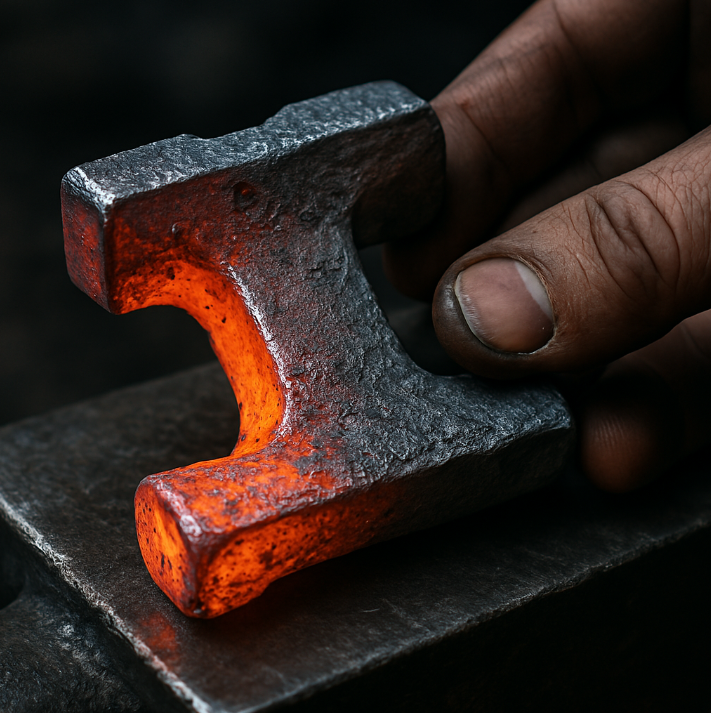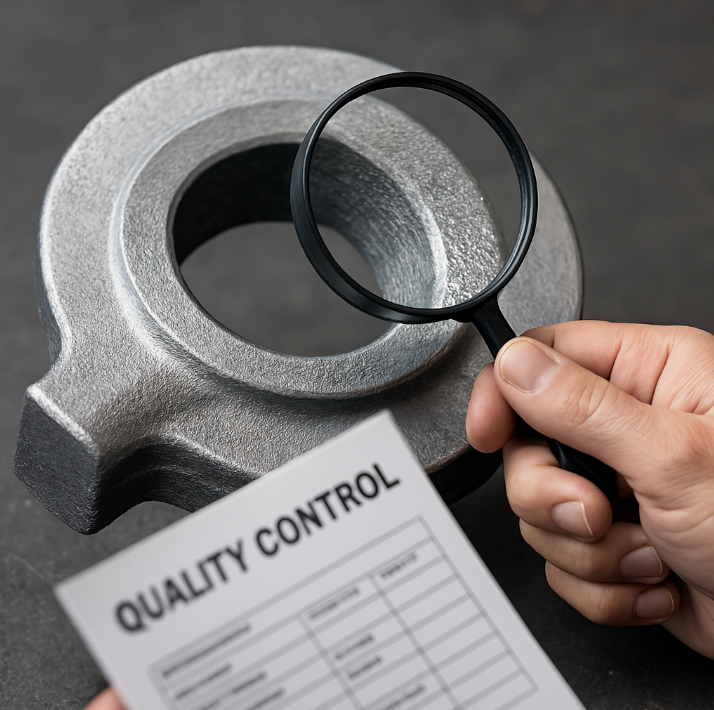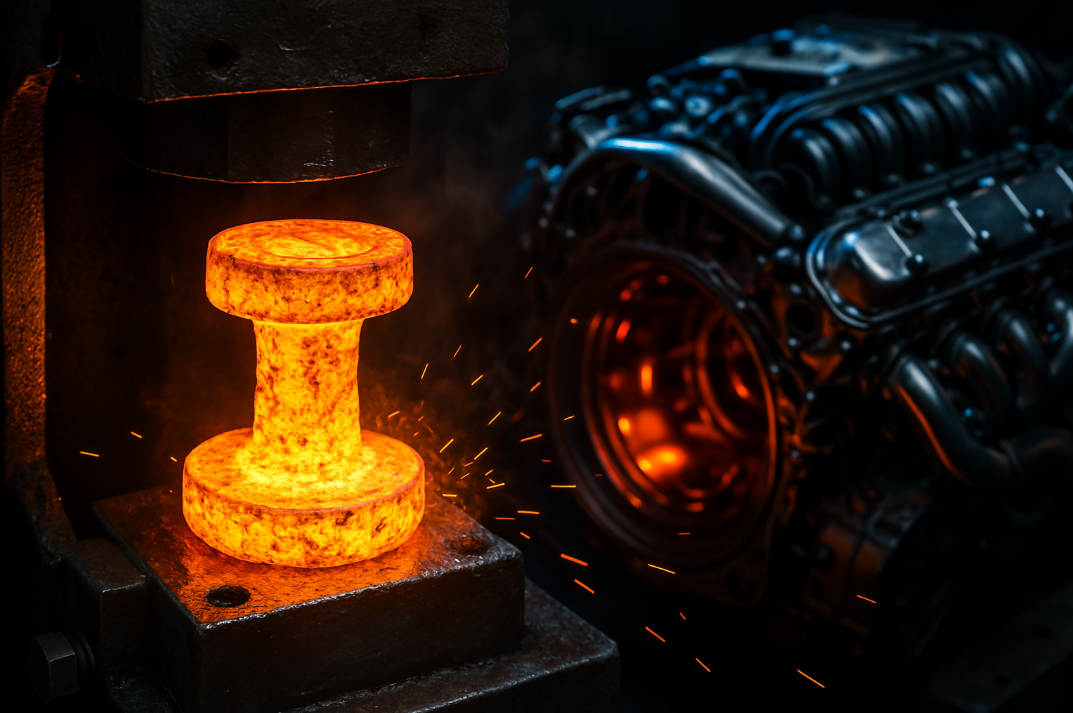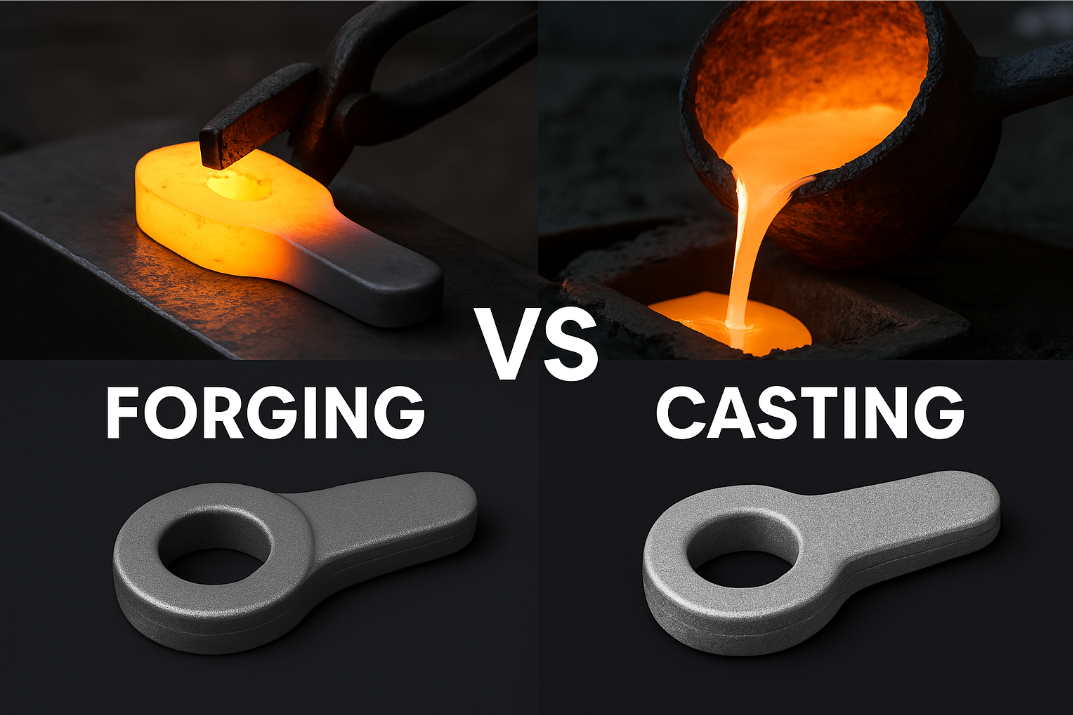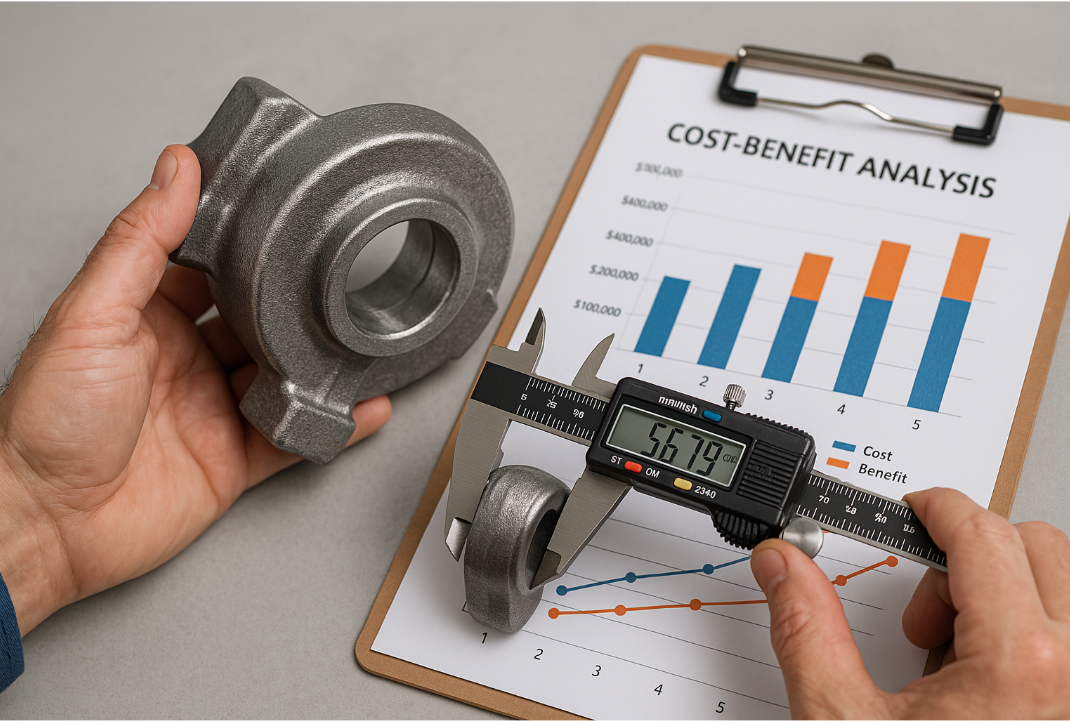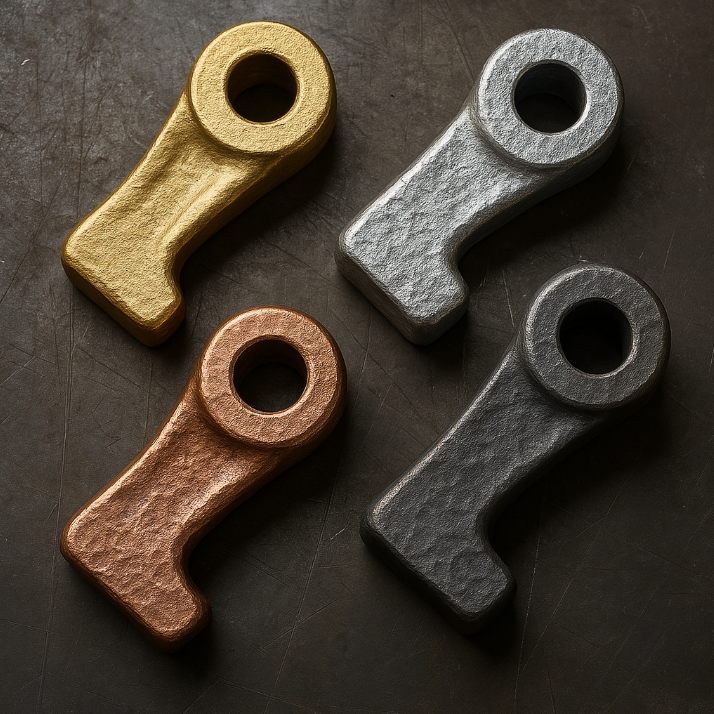Common Problems in Metal Casting Parts—And How to Solve Them
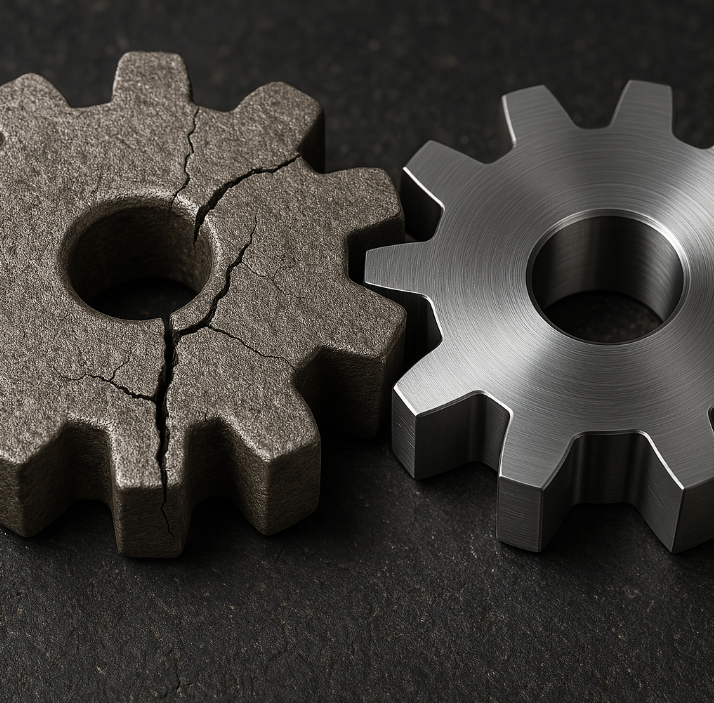
Even the best casting processes sometimes produce flawed parts—causing leaks, fractures, or premature failures. Over 30 years in metal casting, we’ve fixed thousands of defective batches, saving clients from costly recalls and downtime.
The 7 most common casting defects—porosity, shrinkage, cracks, misruns, inclusions, dimensional errors, and surface defects—stem from mold design, metal composition, pouring technique, or cooling control, but can be prevented with proper gating systems, alloy adjustments, process automation, and inspection protocols.
If your castings keep failing, don’t blame the process—here’s how to identify, troubleshoot, and permanently fix these issues.
1. Porosity: Why Do Tiny Holes Ruin Castings?
Air and gas trapped inside weaken the final part.
Root causes & fixes:
✔ Sand mold moisture → Use low-hydrogen binders
✔ Rapid cooling → Adjust pouring temperature
✔ Poor venting → Redesign gating system
A gear manufacturer reduced porosity by 90% just by pre-heating molds.
Types of Porosity & Remedies
| Type | Cause | Solution |
|---|---|---|
| Gas Porosity | Air trapped in molten metal | Degas metal before pouring |
| Shrinkage Porosity | Insufficient risers | Add feed reservoirs |
| Microporosity | Fast solidification | Controlled cooling rate |
2. Shrinkage Cavities: How to Prevent Weak Spots?
Incorrect cooling leads to internal voids.
Critical prevention steps:
✔ Increase riser size (stores extra molten metal)
✔ Use chills (promote directional solidification)
✔ Modify alloy mix (reduce shrinkage tendency)
3. Hot Tears & Cracks: What Causes Brittle Castings?
Thermal stress fractures parts during cooling.
Key solutions:
✔ Reduce casting restraints (let parts contract freely)
✔ Lower sulfur content (for steel castings)
✔ Optimize mold collapsibility
4. Misruns & Cold Shuts: Why Does Metal Stop Flowing?
Incomplete filling ruins part geometry.
Preventive actions:
✔ Increase pouring temperature (but avoid burning)
✔ Enlarge gates/sprue (improve flow rate)
✔ Pre-heat molds (especially for thin sections)
5. Sand Inclusions: How to Remove Contaminants?
Mold erosion creates embedded defects.
Best countermeasures:
✔ Strengthen sand binder
✔ Apply mold coatings
✔ Magnetically filter ferrous metals
6. Dimensional Errors: Why Don’t Castings Match the Design?
Warping and mold shifts cause size mismatches.
Correction methods:
✔ Tighter process control (temperature/humidity)
✔ Compensate for shrinkage (pattern allowances)
✔ Use CNC-machined patterns (higher precision)
7. Rough Surfaces & Burn-On: How to Improve Finish?
Poor mold-metal reactions create imperfections.
Surface solutions:
✔ Finer sand grains
✔ Non-stick coatings
✔ Vibratory tumbling (post-casting)
Conclusion
Most casting defects aren’t inevitable—they signal correctable process flaws. By adjusting alloys, refining mold designs, and upgrading quality checks, we help clients achieve near-zero rejection rates. Need a defect-free casting partner? Our ISO-certified foundry combines 30+ years of expertise with real-time monitoring—contact us today for flawless castings.

